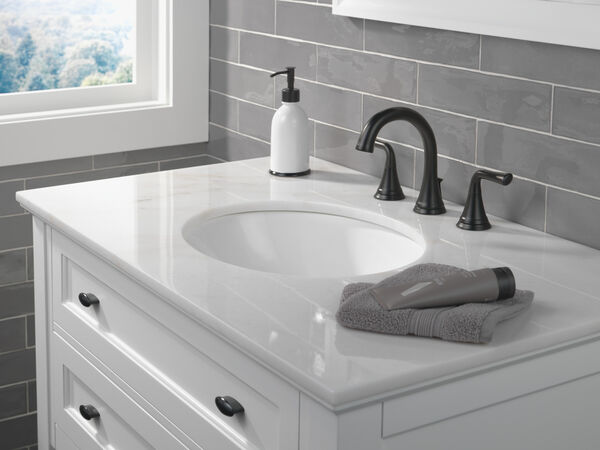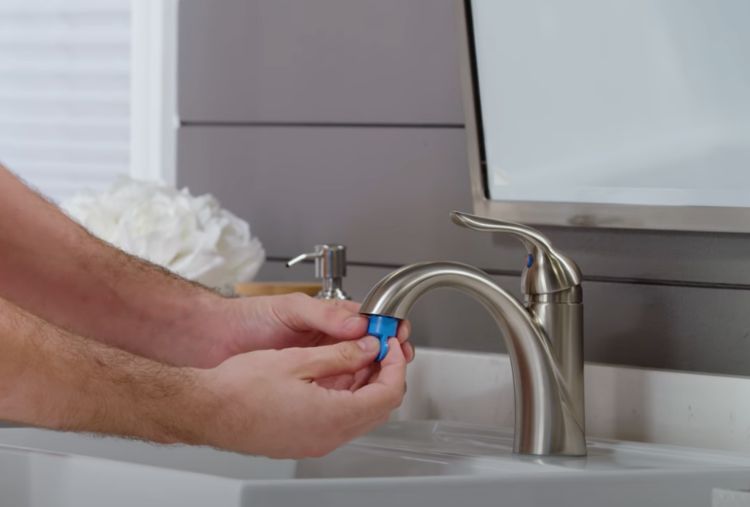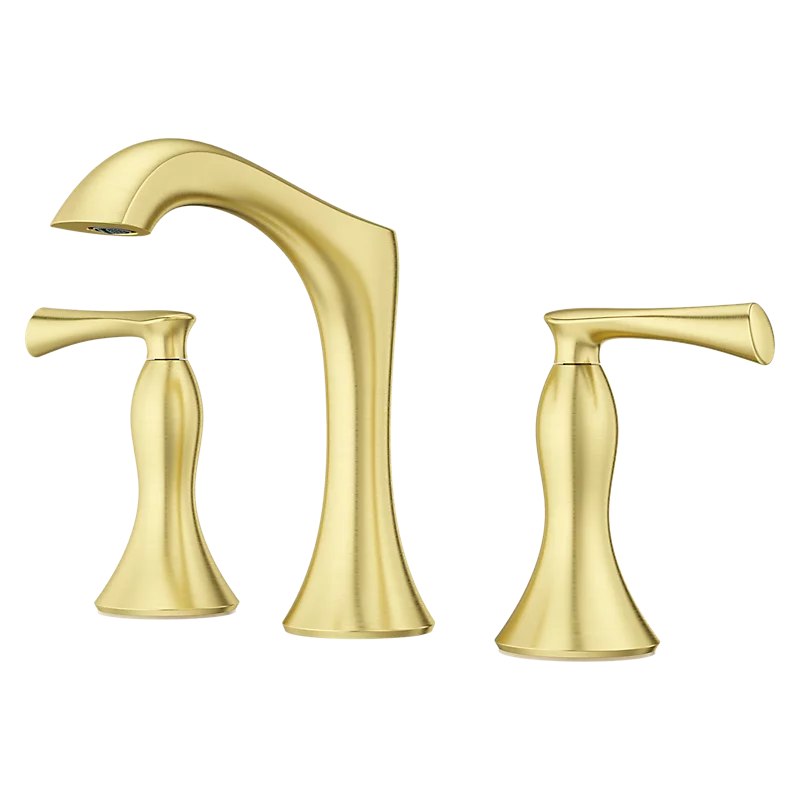
From corncobs to communal sponges, it’s been harrowing duty tidying up after #2 over the millennia.

The necessity for toilet paper has existed since long before the invention of paper (or, indeed, toilets). Initially, the most common solution for bum-wiping was whatever happened to be within arm’s reach, and there was nothing, er, charmin’, shall we say, about the shells, snow, sheep’s wool, moss or corn cobs that usually came to our ancestors’ hands.
Way back in Ancient Rome — a time most historians consider to be pretty civilized compared to what had come before — there were four basic options for wiping up:
- Your left hand (with shaking and eating being performed with the right)
- A handful of moss
- A leaf from a fig tree
- A spongia, or a sea sponge connected to a long stick
Let’s take a closer look at number four, which was responsible for cleaning up after, well, number twos in public latrines during first century Rome. The extended length of a spongia was due to the design of Roman public toilets, which were long, shared marble benches with holes on top (for pooping), and holes at the front (for sponge-sticking). After hoisting one’s tunic up and completing requisite business, one retrieved the (communal!) spongia, rinsed it in a channel of running water at one’s feet, and without getting up or revealing anything, pushed the stick through the hole at the front to squeegee one’s dirty rectum. (Incidentally, this is where the term “wrong end of the stick” originated.) Then, one gave the spongia another rinse in said (communal) channel, and returned it to a bucket of (communal) brine.
You may now pause to shudder uncontrollably before continuing.
The first documented use of actual toilet paper was several hundred years later in sixth century China, with the scholar Yan Zhitui writing, “Paper on which there are quotations or commentaries from the Five Classics or the names of sages, I dare not use for toilet purposes.” Later, in 851 AD, an Arab traveller to China remarked that, “the Chinese do not wash themselves with water when they have done their necessities; but they only wipe themselves with paper.” Toilet paper was officially introduced in China in 1391, when big sheets of paper were produced in Korea for the Chinese royal family for personal hygiene uses. The area now known as the Zhejiang province annually manufactured ten million packages of between 1,000 and 10,000 sheets of perfumed toilet paper.
Despite TP having been around in Asia for centuries, it wasn’t employed in the west until the 1800s. Prior to that, how people wiped pretty much depended on where they were: Wealthy Eastern Europeans wiped with hemp, lace and wool, while the 16th century French writer Francois Rabelais recommended using “the neck of a goose, that is well downed.” In the late 1800s, French furniture makers invented the bidet, a small sink intended for washing the general downstairs area after relieving oneself, as explained so succinctly by Crocodile Dundee.
Despite its popularity in France and certain fancy New York hotels, the bidet never caught on in the wider United States. In rural America, it was still common practice at the time to leave a corncob hanging from a string in the outhouse for people to wipe themselves with: Once the kernels were removed and the cob allowed to dry, the remaining kernel husk was fairly soft — or softer than a rock, at least. The string, meanwhile, indicated that the cob was — you guessed it — communal. By the late 19th century, the Sears catalog had become the toilet paper of record for many folk. People simply hung it up on a nail and enjoyed the free supply of hundreds of pages of absorbent, uncoated paper, all while perusing ads for necessities like the Harvard Junior Talking Machine.
After centuries of tidying bung holes with anything that came to hand, conventional toilet paper was finally introduced by Joseph C Gayetty in 1857. “Gayetty’s Medicated Paper for the Water Closet” contained aloe and was marketed as a means to cure sores and prevent hemorrhoids, sold in packages of 500, flat, unperforated sheets for 50 cents a box. But Gayetty neglected to file a patent, so in 1891, an inventor named Seth Wheeler from Albany, New York, patented a “Wrapping or toilet paper roll,” whose image went viral in March 2015 when Owen Williams tweeted it, noting: “The patent for toilet paper should settle the over vs. under debate.”
Over or under, either way the practice still involved patting down one’s nether regions with scratchy, coarse paper. Progress was made, albeit slowly: In 1930, Northern Toilet Paper was marketed as “splinter-free,” eventually leading to a softness arms race amongst toilet paper manufacturers as the presence of at least one roll of quilted cotton per restroom became expected by the general public.
By the new millennium, sensitive-bottomed consumers weren’t content unless they were using a veritable down comforter to wipe their butts, and the market continued to grow. In 2003, annual global sales of toilet paper exceeded $19 billion, with the four major attributes of the most popular products being “softness,” “absorbency,” “strength” and “value” — all adjectives which have never once been employed to describe a spongia. While it may not always feel as though humanity is making much progress, our comfortable butts can certainly reassure us otherwise.




